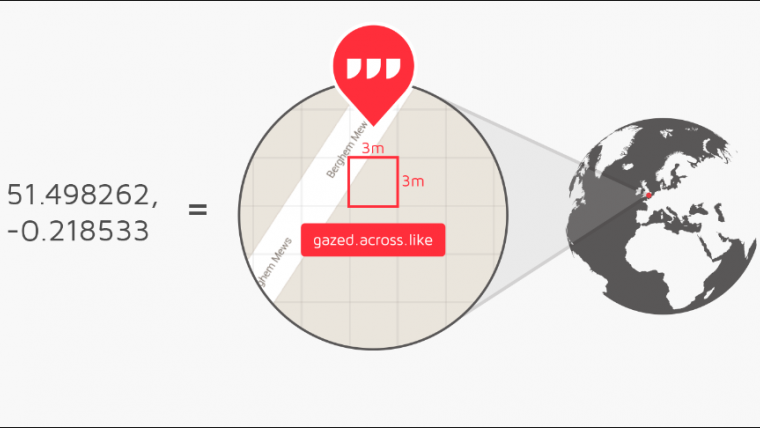From Bitcoins to Bitsquares
Blockchain Land Administration
An article in 'The Economist' in October 2015 stated that land registries across much of the world are “badly kept, mismanaged and/or corrupt”. This causes insecurity and injustice. It also means that it can be difficult for citizens to use their property as collateral for a mortgage, which hampers economic development. Building good and reliable land administration systems, however, can be a complicated and expensive activity. Now, a secure mechanism called blockchain, originally developed to handle and store transactions in the bitcoin digital currency, offers a chance for land administration by providing trust by definition.
By Derek van Bochove, Louis de Bruin and Christiaan Lemmen
Especially in developing countries, which do not have a well-functioning land registry, people can be wrongly evicted from their homes. The problem here is that properties are not registered properly and/or the fact that, once a property has been registered, it can easily be mutated or even deleted. Often the trusted third party, overseeing the land registry, can in fact not be trusted. Building good and reliable land administration systems, however, can be a complicated and expensive activity.
Distributed Ledger
In 2008 a person or group publishing under the pseudonym Satoshi Nakamoto published a paper called ‘Bitcoin: A Peer-to-Peer Electronic Cash System’. The paper introduces bitcoin, a so-called cryptocurrency, which uses advanced cryptographic algorithms to efficiently facilitate safe and fast transactions between users without the intervention of a trusted third party such as a bank. In a conventional system, banks oversee these transactions: the transfer of value. Banks prevent double spending of money and money being transferred to the wrong person. With bitcoin, the banks are absent and replaced by an intelligent system, called the blockchain. The blockchain is a secure mechanism to handle and store bitcoin transactions. Once a transaction has taken place, cryptographical links mean that it cannot be altered or erased from existence. In other words, a transaction is irreversible. An additional advantage is that not only the transaction itself, but also the history of transactions is safely captured, making the data is immutable and hence providing trust by definition. Blockchain is also known as the ‘distributed ledger’; it is the database that provides proof of who owns what at any given time, and it is publicly available.
Bitsquare Concept
By taking a conceptual step in thinking, it is possible to move from bitcoins being transferred with blockchain technology to bitsquares being transferred by blockchain technology; squares of land replace coins as the units of transaction. Each square has a unique ID and the rights holders are now in a blockchain environment. Transactions on the land market can be followed in a completely transparent way in the blockchain. It is possible to identify illegal transactions for those areas where a land market does not exist – in case of customary tenure or in case of protected nature areas, for example. All this can be published in a completely transparent way to the world.
what3words
what3words is such a system: a grid that divides the world into 57 trillion 3mx3m squares of land, each with its own unique three-word address. The related geocoder turns geographic coordinates into these three-word addresses and vice versa. The use of words means that even non-technical people can accurately find any location and communicate it more quickly, more easily and with less ambiguity than any other system based on street addresses, postcodes, latitude and longitude coordinates or mobile short links (see Figure 1). There may of course be some georeferencing problems in overlapping conventional parcel representations (see Figure 2) but these can be overcome with the right attention – and then the revolution can start!
Biographies of the Authors
Derek van Bochove
Derek van Bochove is studying for a bachelor in human geography at Utrecht University, The Netherlands. His major interests within this field are GIS and land administration. He contributed to this article as an intern at Kadaster International under supervision of the co-editors.
d.bochove@gmail.com
Louis de Bruin
Louis de Bruin is IBM’s leader for blockchain in Belgium, The Netherlands and Luxemburg. He has over 25 years of global experience in the mobile and M2M industry including strategy consulting, mobile product development and project management.
louis_de_bruin@nl.ibm.com
Christiaan Lemmen
Christiaan Lemmen holds a PhD from Delft University, The Netherlands. He is geodetic advisor at Kadaster International and visiting researcher at ITC, University of Twente, The Netherlands. He is also director of International Office of Cadastre and Land Records (OICRF).
chrit.lemmen@kadaster.nl

Value staying current with geomatics?
Stay on the map with our expertly curated newsletters.
We provide educational insights, industry updates, and inspiring stories to help you learn, grow, and reach your full potential in your field. Don't miss out - subscribe today and ensure you're always informed, educated, and inspired.
Choose your newsletter(s)
























